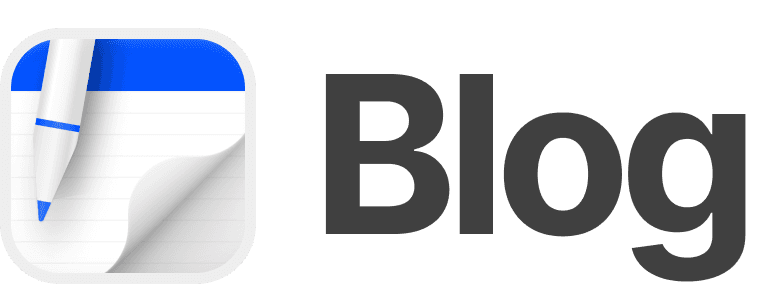Written by
Timon Harz
The Best Note-Taking Methods for Students: A Comprehensive Guide
As a student, taking effective notes is a crucial skill that can greatly impact your academic success. With so many note-taking methods out there, it can be overwhelming to choose the right one. In this blog post, we'll explore the best note-taking methods for students, including their benefits, drawbacks, and step-by-step guides on how to implement them.
1. The Cornell Note-Taking System
The Cornell Note-Taking System is a popular method developed by Walter Pauk, a Cornell University professor. This system involves dividing your paper into two columns, with the narrow column on the left used for keywords, questions, and summaries, and the wider column on the right used for notes.
Benefits: Encourages active listening, review, and recall of material Drawbacks: Requires practice to master, may not be effective for lectures with complex information
Step-by-Step Guide:
- Divide your paper into two columns
- Write down key terms and questions in the left column
- Take notes in the right column, using headings and bullet points
- Review and summarize your notes after class
2. The Mind Map Method
The Mind Map method involves creating a visual map of information, using colors, images, and keywords to connect ideas.
Benefits: Encourages creativity, visual learning, and recall of complex information Drawbacks: Can be messy and difficult to read, may not be effective for lectures with large amounts of text
Step-by-Step Guide:
- Start with a central idea or concept
- Use colors, images, and keywords to branch out and connect ideas
- Use symbols and arrows to indicate relationships between ideas
- Review and summarize your mind map regularly
3. The Outline Method
The Outline method involves creating a hierarchical structure of notes, using headings and subheadings to organize information.
Benefits: Encourages organization, review, and recall of material Drawbacks: May not be effective for lectures with complex or abstract information
Step-by-Step Guide:
- Create a heading for the main topic
- Use subheadings to break down information into smaller sections
- Take notes in bullet points or numbered lists
- Review and summarize your outline regularly
4. The Shorthand Method
The Shorthand method involves using abbreviations and symbols to quickly capture information.
Benefits: Encourages speed and efficiency, reduces writing time Drawbacks: May not be effective for lectures with complex or technical information Step-by-Step Guide:
- Create a list of common abbreviations and symbols
- Practice using your shorthand system
- Use it to quickly capture information during lectures
- Review and summarize your notes later
5. The Charting Method
The Charting method involves creating a chart or table to organize information.
Benefits: Encourages organization, review, and recall of material Drawbacks: May not be effective for lectures with complex or abstract information
Step-by-Step Guide:
- Create a chart or table with rows and columns
- Use headings and subheadings to organize information
- Take notes in bullet points or numbered lists
- Review and summarize your chart regularly
Tips for Effective Note-Taking
- Be consistent: Choose a method and stick to it
- Practice active listening: Pay attention to the lecturer and take notes in real-time
- Review and summarize: Regularly review and summarize your notes to reinforce learning
- Use different colors: Use different colors to highlight important information, distinguish between main ideas and supporting details, and add visual interest to your notes
- Use digital tools: Consider using digital tools, such as note-taking apps or software, to enhance your note-taking experience
Conclusion
The best note-taking method for students is one that is tailored to their individual learning style and needs. Whether you prefer the Cornell Note-Taking System, the Mind Map method, the Outline method, the Shorthand method, or the Charting method, the key is to choose a method that works for you and stick to it. By combining these methods with effective study habits and review techniques, you can become a more effective learner and achieve academic success.If you're looking for a powerful, student-friendly note-taking app, look no further than Oneboard. Designed to enhance your learning experience, Oneboard offers seamless handwriting and typing capabilities, intuitive organization features, and advanced tools to boost productivity. Whether you're annotating PDFs, organizing class notes, or brainstorming ideas, Oneboard simplifies it all with its user-focused design. Experience the best of digital note-taking and make your study sessions more effective with Oneboard. Download Oneboard on the App Store.
Other posts
The Benefits of Mindful Note-taking for Students
Discover the transformative benefits of mindful note-taking for students in our latest blog post. Learn how this effective technique enhances focus, retention, and understanding, leading to improved academic performance. Explore practical tips and strategies to incorporate mindfulness into your note-taking routine, making studying more engaging and productive. Perfect for students seeking to elevate their learning experience!
How to Use AI to Automate Your Note-taking Tasks
Discover how to streamline your note-taking process with AI! In this blog post, we explore innovative tools and techniques to automate your note-taking tasks, enhance productivity, and improve organization. Learn practical tips on integrating AI into your workflow, making your note-taking smarter and more efficient. Perfect for students, professionals, and anyone looking to save time and boost their efficiency!
The Importance of Reflection in Student Learning: How to Reflect Effectively
Discover the critical role of reflection in student learning and explore effective strategies for implementing reflective practices. This blog post delves into the benefits of reflection, offers practical tips for students, and highlights techniques to enhance learning outcomes. Unlock the potential of reflective thinking to boost academic success and personal growth!
Company
About
Blog
Careers
Press
Legal
Privacy
Terms
Security

